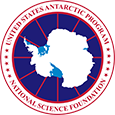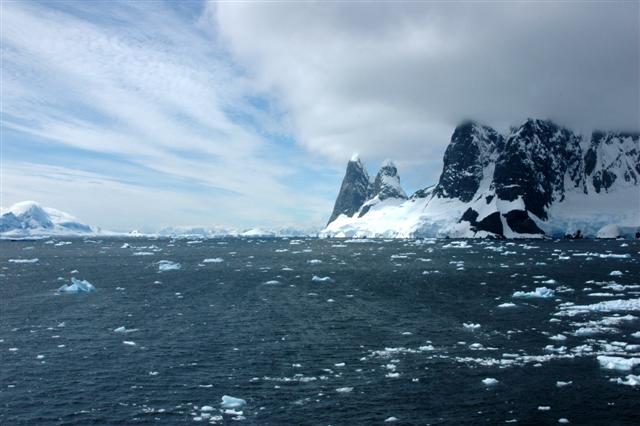|
Heat waveUW scientists suggest Pacific Ocean contributes to West Antarctic warmingPosted April 22, 2011
New research from scientists at the University of Washington (UW) The warmer water generates rising air that creates a large wave structure in the atmosphere called a Rossby wave train, which brings warmer temperatures to West Antarctica during winter and spring. While Antarctica is somewhat isolated by the vast Southern Ocean, the new results “show that it is still affected by climate changes elsewhere on the planet,” said Eric Steig The scientists used surface and satellite temperature observations to show a strong statistical connection between warmer temperatures in Antarctica, largely brought by westerly winds associated with high pressure over the Amundsen Sea adjacent to West Antarctica, and sea surface temperatures in the central tropical Pacific Ocean. They found a strong relationship between central Pacific sea-surface readings and Antarctic temperatures during Southern Hemisphere winter months, June through August. The effect also appeared to a lesser degree in the spring months of September through November. The observed circulation changes are in the form of a series of high- and low-pressure cells that follow an arcing path from the tropical Pacific to West Antarctica. That is characteristic of a textbook Rossby wave train pattern, said Qinghua Ding, lead author of the paper and a postdoctoral researcher at UW. He added the same pattern is consistently produced in climate models, at least during winter. Using observed changes in tropical sea surface temperatures, the researchers found they could account for half to all of the observed winter temperature changes in West Antarctica, depending on which observations are used for comparison. “This is distinct from El Niño Steig noted that the influence of Rossby waves on West Antarctic climate is not a new idea, but this is the first time such waves have been shown to be associated with long-term changes in Antarctic temperature. The findings also could have implications for understanding the causes behind the thinning of the West Antarctic Ice Sheet, which contains about 10 percent of all the ice in Antarctica, according to the study’s authors. Steig noted in a UW press release that the westerly winds created by the high pressure over the Amundsen Sea pushes cold water away from the edge of the ice sheet and out into the open ocean. It is then replaced by warmer water from deeper in the ocean, which is melting the seaward edge of the ice sheet from below. A recent NASA Other co-authors on the paper include David Battisti, a UW atmospheric sciences professor, and Marcel Küttel, a former UW postdoctoral researcher now working in Switzerland. Steig is also a principal investigator on the NSF-funded WAIS Divide ice core project Adapted from a press release |



For USAP Participants |
For The Public |
For Researchers and EducatorsContact UsU.S. National Science FoundationOffice of Polar Programs Geosciences Directorate 2415 Eisenhower Avenue, Suite W7100 Alexandria, VA 22314 Sign up for the NSF Office of Polar Programs newsletter and events. Feedback Form |


